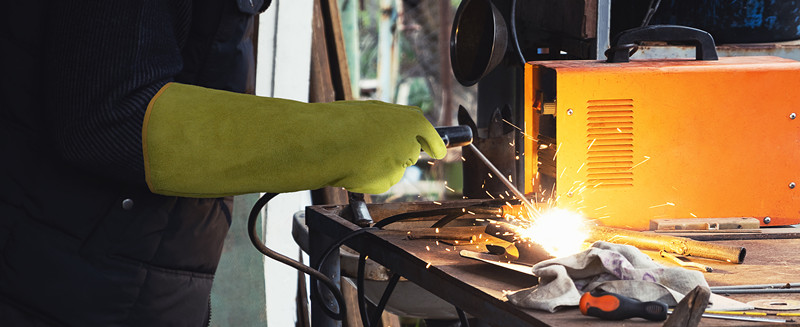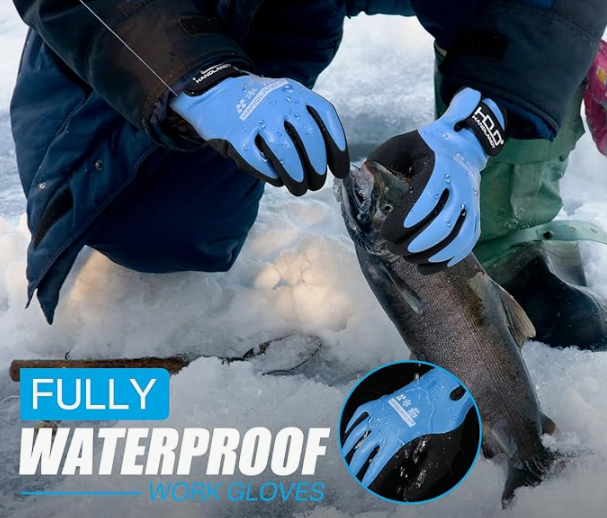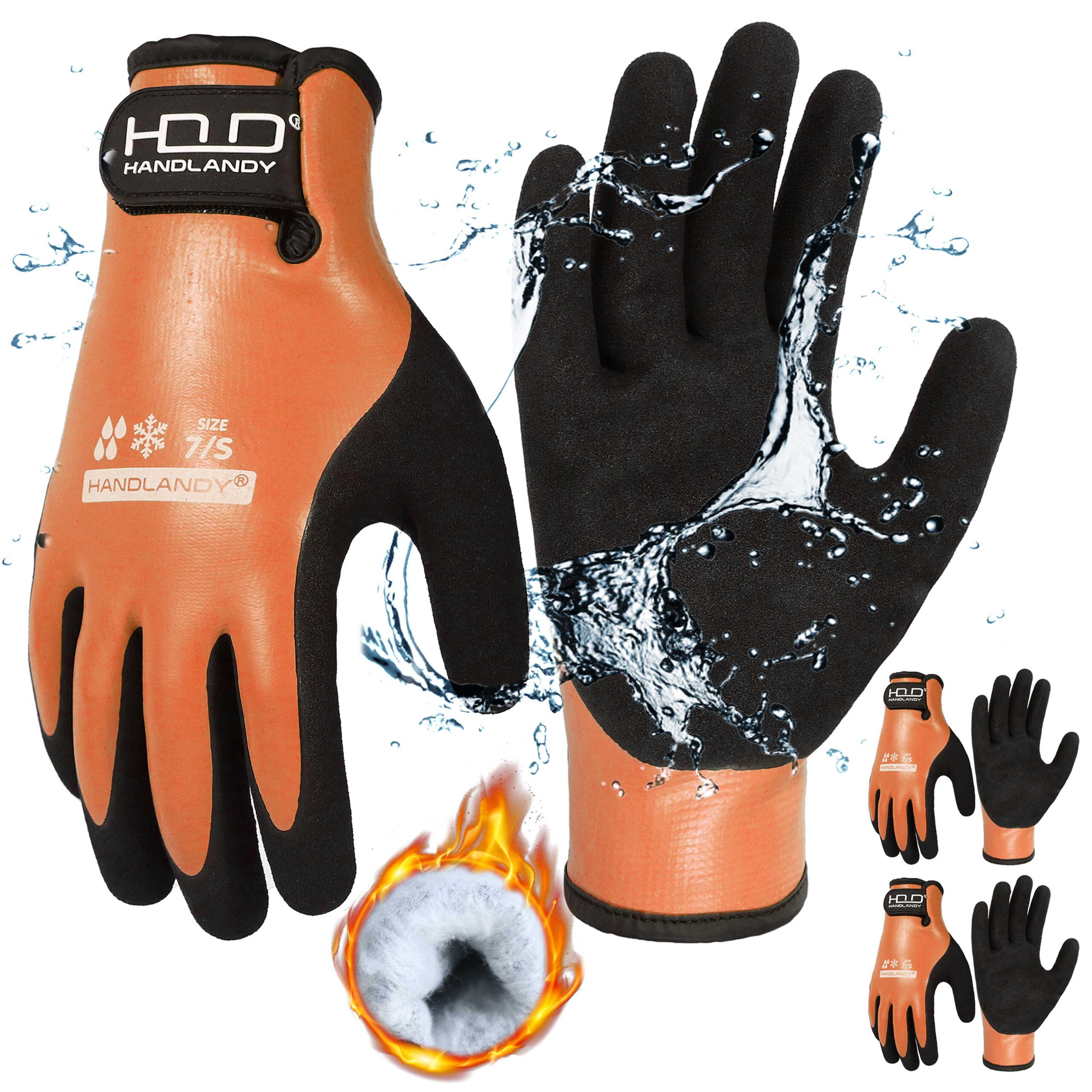OSHA recommends gloves based on workplace hazards, including cuts, chemicals, heat, and abrasions. The right gloves depend on the specific risks workers face, such as leather gloves for cuts and punctures, chemical-resistant gloves for handling hazardous substances, and insulated gloves for extreme temperatures.
1. OSHA Requirements for Hand Protection
- Employers must provide proper gloves when employees face risks like cuts, burns, chemicals, or extreme temperatures.
- Gloves must match the hazards of the specific job task.
- Workers should be trained on correct glove selection, use, and maintenance.
2. Types of Gloves Recommended by OSHA
| Glove Type | Best For | Material |
|---|---|---|
| Leather & Metal Mesh Gloves | Cuts, punctures, abrasions | Leather, Kevlar, steel mesh |
| Fabric & Coated Fabric Gloves | Light-duty work, protection from dirt | Cotton, polyester with coatings |
| Chemical-Resistant Gloves | Handling chemicals, solvents | Nitrile, neoprene, rubber |
| Insulated Gloves | Heat, cold protection | Aluminized fabric, wool, Thinsulate |
2.1 Leather, Canvas, and Metal Mesh Gloves
✔ Protect against cuts, punctures, and heat.
✔ Used in construction, welding, and heavy labor.
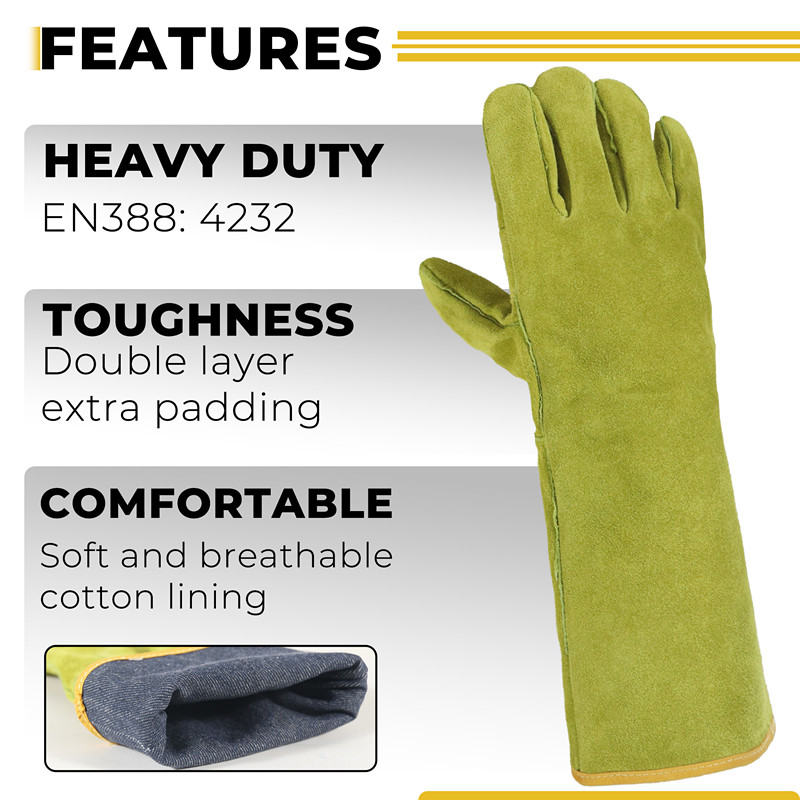
2.2 Fabric and Coated Gloves
✔ Offer light protection against dirt, slivers, and minor abrasions.
✔ Coated gloves (nitrile or latex) provide better grip and resistance to chemicals.
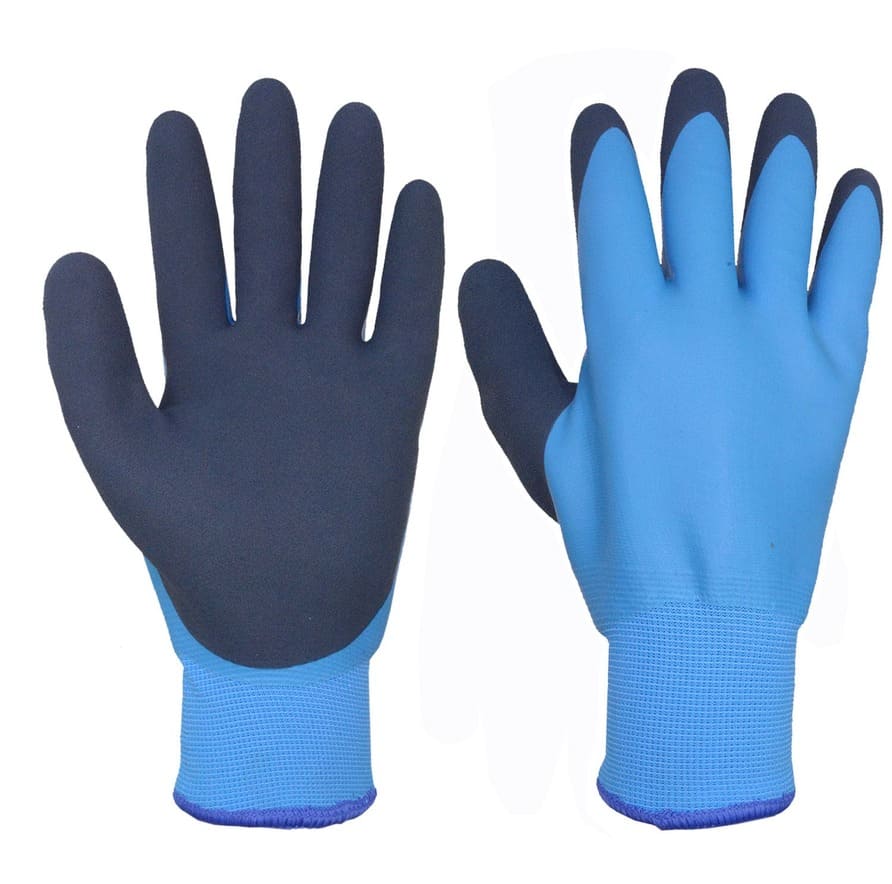
2.3 Chemical-Resistant Gloves
✔ Protect against solvents, acids, and hazardous liquids.
✔ Must match chemical compatibility charts to ensure safety.
2.4 Insulated Gloves
✔ Protect against extreme heat (welding) or cold (freezer work).
✔ Common materials: Aluminized fabric (heat), Thinsulate (cold).

3. How to Choose the Right Gloves for OSHA Compliance
- Identify workplace hazards – Assess risks like cuts, burns, or chemical exposure.
- Select the appropriate material – Ensure gloves match the hazard level.
- Ensure proper fit and comfort – Gloves should fit snugly but allow flexibility.
- Follow OSHA guidelines – Use gloves certified for industrial use.
4. OSHA Glove Safety Tips
- Inspect gloves before each use for damage.
- Replace gloves if they are torn, worn out, or contaminated.
- Train workers on proper glove use and limitations.
Conclusion
OSHA requires proper hand protection based on workplace risks. Employers must choose gloves that provide the right level of safety, whether for handling sharp objects, chemicals, or extreme temperatures. Using the correct gloves reduces workplace injuries and ensures compliance with OSHA regulations.
Need help selecting OSHA-approved gloves? Drop your questions below!

